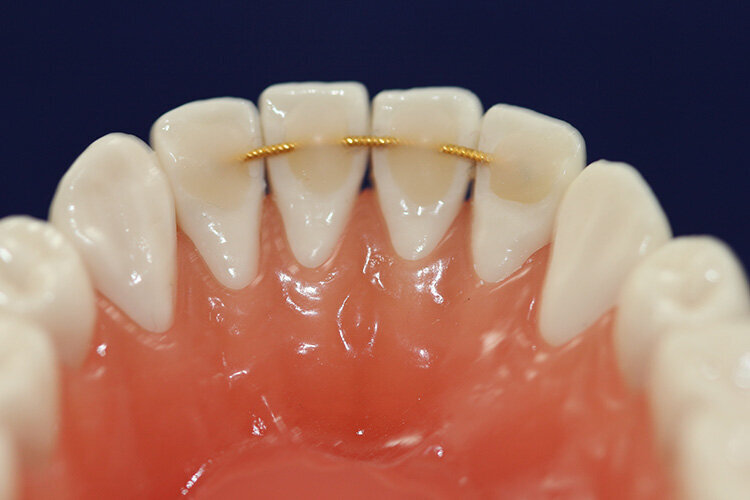After completing orthodontic treatment, retainers help maintain your new smile, but many people worry about potential discomfort. For those with Dental Retainers in Dubai, understanding the difference between normal and abnormal pain can make wearing them far less stressful. Mild pressure is often part of the adjustment period, but sharp or prolonged discomfort may indicate an issue that needs attention.

Why Retainers May Cause Discomfort:
Retainers apply gentle force to keep teeth from shifting, and this can sometimes lead to mild soreness. This is especially common during the first few days of wear or after periods of not using the retainer. The sensation usually decreases as your teeth and gums adapt to the device.
What’s Considered Normal Discomfort:
A little tenderness or mild pressure is expected, especially when you:
-
Start wearing a new retainer.
-
Resume wear after skipping for a day or two.
-
Switch from nighttime-only wear back to full-time use.
This discomfort should be temporary, typically resolving within a few days.
Signs of Abnormal Pain:
Certain types of pain are not normal and may require a visit to your orthodontist:
-
Sharp, stabbing pain in a specific tooth or gum area.
-
Persistent discomfort lasting more than a week.
-
Sores, cuts, or swelling caused by the retainer’s edges.
How to Relieve Normal Retainer Soreness:
If your retainer causes mild, temporary discomfort, there are simple ways to ease the transition:
-
Take over-the-counter pain relief (if approved by your dentist).
-
Stick to softer foods for the first few days.
-
Rinse your mouth with warm salt water to reduce gum tenderness.
When Tightness Is the Cause:
Tightness usually happens when teeth have started to shift due to inconsistent wear. This can make the retainer harder to insert and increase soreness. The best solution is to wear it more consistently before the shifting becomes irreversible.
Damage-Related Pain:
A cracked, warped, or ill-fitting retainer can cause uneven pressure and discomfort:
-
Avoid bending the retainer or exposing it to heat.
-
Inspect it regularly for damage.
-
Replace damaged retainers promptly to prevent injury.
Preventing Retainer-Related Pain:
Maintaining your retainer properly can prevent unnecessary discomfort:
-
Wear it exactly as prescribed by your orthodontist.
-
Keep it clean to avoid bacterial buildup that irritates gums.
-
Store it in a protective case to prevent warping or breakage.
The Role of Professional Adjustments:
Sometimes, a simple adjustment by your orthodontist can eliminate ongoing discomfort:
-
Edges can be smoothed to prevent gum irritation.
-
The fit can be corrected for even pressure distribution.
-
You can be advised on whether replacement is necessary.
How Long Discomfort Should Last:
For most people, initial retainer discomfort fades within three to seven days. If soreness persists beyond this timeframe—or worsens—professional evaluation is essential to prevent long-term issues with fit or tooth alignment.
Final Thoughts:
While it’s normal for retainers to cause mild discomfort during adjustment periods, they should never cause sharp or prolonged pain. For those with Dental Retainers in Dubai, regular wear, good maintenance, and timely professional checks can keep your orthodontic experience comfortable. Remember, a little pressure means your retainer is doing its job—just be sure to recognize when it’s a sign that something isn’t right.

